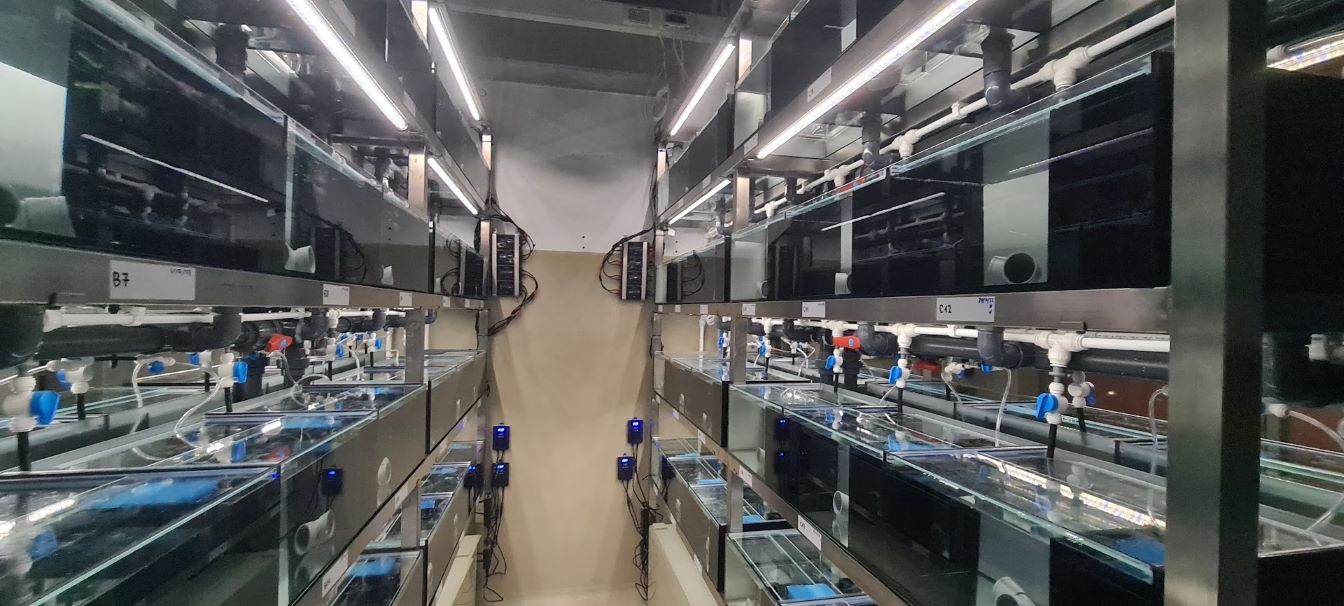Species We Study
The three-spined stickleback

Like other ectothermic animals, sticklebacks suffer direct exposure to external temperature change. An increasing number of studies have explored the ability of sticklebacks to mitigate and adapt to thermal stress through different mechanisms, such as intra- and transgenerational plasticity, maternal effect, gene expression, and evolutionary changes in physiology and life-history traits. Recent evidence suggests that intergenerational plasticity mediated by maternal effects can buffer short-term detrimental effects of increased temperature on stickleback larvae and juveniles. Currently, we are studying how thermal conditions influence the development of robust and flexible maternal traits and how these in turn induce developmental plasticity of offspring in the three-spined stickleback.

We established a fish laboratory at Univ. Vigo campus in 2012 (Campus Lab) and have continuously improved its equipment. In 2021, we installed another fish laboratory in Centro de Investigación Mariña (Univ. Vigo) with advanced equipment (CIM Lab). These installations have been approved by the Xunta de Galicia (Bienestar Animal) with a “user centre licence” for animal experimentation (REGAES 360570181401). Both Campus Lab and CIM Lab are fully equipped for experimental studies involving the maintenance of large stocks of juvenile and adult fish, reproduction and rearing eggs and larvae.
Wendy explains the courtship behaviour of sticklebacks
Our studies showed, for example, that early-life thermal stress can induce life-history changes in growth trajectory and seasonal patterns of reproductive investment within a single generation. Compensatory growth induced by the early-life temperature manipulation influenced the physiology of sticklebacks during adulthood through increased oxidative DNA damage and antioxidant defence in the soma and germline. After the early-life exposure to increased winter temperatures, genes responsible for several metabolic and oxidation-reduction processes were upregulated, and some hormone genes involved in growth and reproduction were downregulated.
We have also shown that a mismatch between individual sociability and the social environment confers a growth disadvantage due to the expression of non-adaptive behaviours that increase energetic costs. We also demonstrated that, in the populations where a fast pace-of-life has evolved, sexual ornaments of males may not honestly signal their physiological and physical state because they invest at maximum in a single reproductive season despite high costs. Instead, males’ cognitive ability and behaviour pattern, which can influence their capacity to take care of multiple clutches during a single long breeding season, seem to be under strong sexual selection
